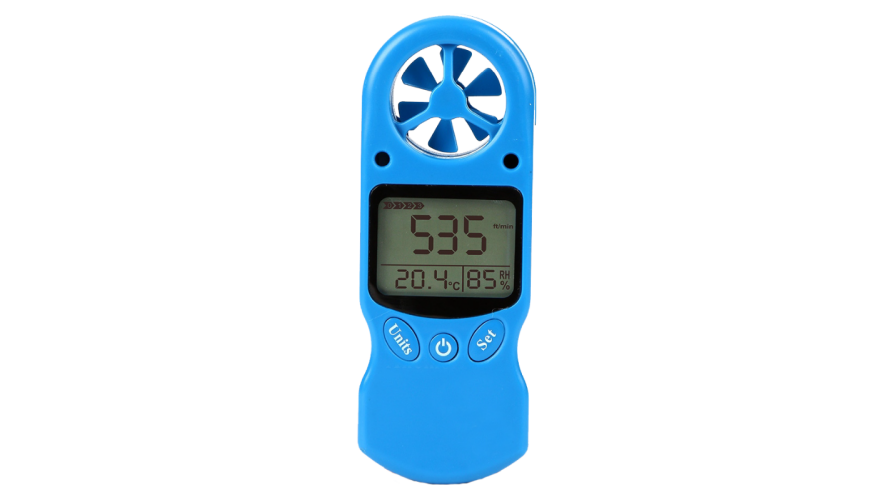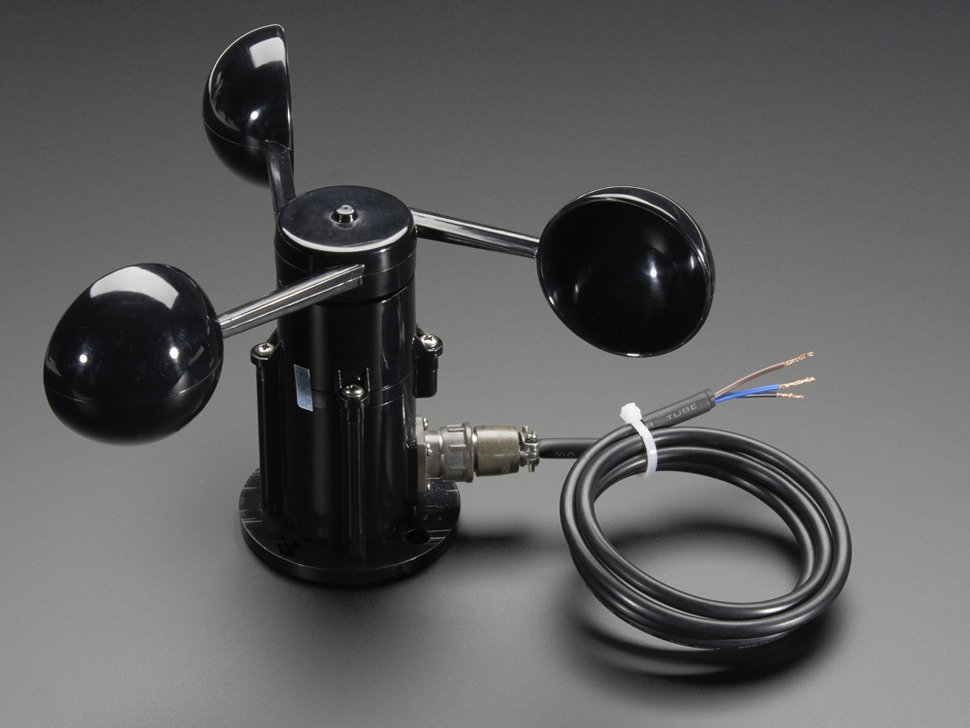The Function of an Anemometer in Improving Security for Outdoor Activities
The Function of an Anemometer in Improving Security for Outdoor Activities
Blog Article
Exploring the Functions and Advantages of Anemometers for Weather Condition Fanatics and Specialists
Anemometers stand as important tools in the world of climate surveillance, dealing with both fanatics and experienced specialists alike. These devices supply a home window into the dynamic globe of wind patterns and rates, supplying indispensable data for meteorological analysis and forecasting. From cup anemometers to sonic anemometers, each kind brings its special collection of applications and benefits, clarifying different aspects of weather. As we delve into the features and benefits of anemometers, a much deeper understanding arises not only of prevailing weather condition phenomena however likewise of the more comprehensive implications for markets like wind power production and ecological study.
Significance of Anemometers in Weather Condition Monitoring
Anemometers play an essential duty in climate monitoring by offering accurate dimensions of wind speed, aiding in forecasting and understanding weather patterns. These tools, ranging from traditional mug anemometers to modern-day ultrasonic anemometers, are essential for meteorologists, researchers, and climate lovers alike.

Kinds Of Anemometers and Their Applications
With the crucial function anemometers play in weather condition monitoring and projecting, comprehending the various sorts of these tools and their applications becomes crucial for professionals and lovers in the field. One of the most common kinds of anemometers include mug anemometers, vane anemometers, hot-wire anemometers, and ultrasonic anemometers. Cup anemometers contain 3 or four mugs installed on horizontal arms that revolve with the wind, gauging its rate. Vane anemometers, on the various other hand, use a freely revolving vane to align with the wind instructions, supplying both wind rate and direction dimensions. Hot-wire anemometers operate based upon the principle of convective warmth transfer, where the cooling effect of the air circulation is determined to figure out wind speed. Ultrasonic anemometers utilize ultrasonic acoustic wave to compute wind speed and direction precisely.
Cup anemometers are ideal and durable for general weather monitoring, while vane anemometers are preferred for directional measurements. Ultrasonic anemometers are non-intrusive and use high precision, typically made use of in study and specialized weather condition surveillance applications.
Benefits of Using Anemometers in Projecting
In meteorology, the utilization of anemometers provides invaluable advantages for improving the accuracy of climate projecting. Anemometers measure wind speed and instructions, providing vital data for forecasting weather condition patterns. By including wind information right into projecting designs, meteorologists can much better understand the motion of climate systems, expect modifications in atmospheric problems, and problem much more precise projections.
In addition, anemometers play an essential duty in analyzing prospective climate dangers. Monitoring wind speeds helps forecasters anticipate severe weather condition occasions such as cyclones, twisters, and winter season tornados with greater precision. This early caution system makes it possible for authorities to release timely notifies and apply necessary precaution, minimizing the dangers to life and building.
Furthermore, anemometers help in enhancing sustainable energy production. By analyzing wind patterns, meteorologists can identify ideal places for wind ranches and forecast power output, contributing to the effective generation of wind power.

Anemometers in Wind Power Production
Provided other the crucial function anemometers play in offering precise wind data for weather forecasting and hazard assessment, their importance includes the realm of wind power manufacturing. Anemometers are necessary tools in the field of wind energy, where the measurement of wind speed and direction is critical for identifying the expediency and effectiveness of wind turbine installments. By properly determining wind speeds at differing elevations, anemometers help optimize the positioning and layout of wind generators to make the most of power outcome.
In wind farms, anemometers are purposefully put to collect real-time wind information that is used to examine the prospective power manufacturing of a website. This information contributes in identifying the economic stability of wind energy projects and in projecting power generation to make certain grid security. Additionally, anemometers aid in checking wind conditions to maximize wind turbine performance, avoid damage from high winds, and ensure the safety and security of workers functioning in the area of wind turbines.
Enhancing Weather Condition Comprehending With Anemometers

Anemometers play an essential duty in boosting our understanding of microclimates. These local weather condition problems can differ substantially from wider regional forecasts, making it necessary to have accurate data for details areas. anemometer. By purposefully placing anemometers in various places, scientists can collect thorough info on how wind acts in different terrains, metropolitan atmospheres, or bodies of water
In addition, anemometers add to enhancing climate projecting versions by offering real-time information on wind behavior. This info is particularly beneficial for anticipating serious climate events, maximizing farming methods, and sustaining markets like aviation and maritime navigating. On the whole, anemometers are very useful tools that allow us to delve much deeper right into the intricacies of climate systems, ultimately leading to even more precise forecasts and better-informed decisions.
Conclusion
Finally, anemometers play an important role in climate surveillance and projecting by determining wind speed and instructions. They are essential tools made use of by weather condition fanatics and professionals to collect exact information for predicting weather condition patterns and evaluating prospective impacts. Anemometers also have applications in wind power manufacturing, additional highlighting their value in both weather forecasting and renewable energy sectors. On the whole, anemometers add to improving our understanding of climate phenomena and enhancing projecting capacities. anemometer.
From mug anemometers to sonic anemometers, each type brings its distinct collection of applications and advantages, dropping light on numerous facets of climatic conditions. These tools, varying from typical cup Recommended Site anemometers to modern-day ultrasonic anemometers, are necessary for meteorologists, researchers, and weather condition enthusiasts alike. The most usual kinds of anemometers include mug anemometers, vane anemometers, hot-wire anemometers, and ultrasonic anemometers. Mug anemometers are appropriate and robust for basic climate tracking, while vane anemometers are preferred for directional measurements. Anemometers are important tools in the area of wind energy, where the measurement of wind speed and direction is critical for identifying the expediency and effectiveness of wind turbine setups.
Report this page